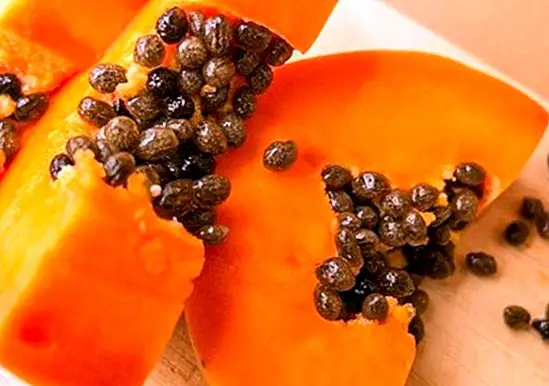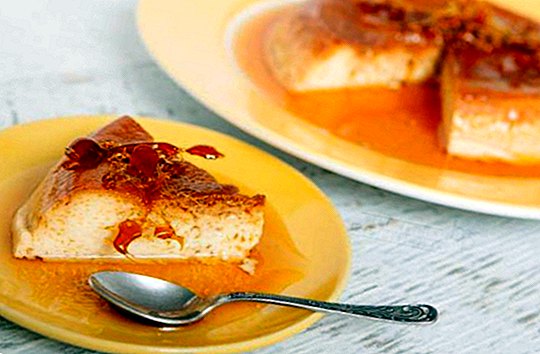What is acrylamide?
We recently analyzed if it is healthy to reheat the oil, and above all, if using reheated oil in the kitchen is or is not suitable both from a nutritional point of view, and from a basic health point of view.

The reason? In addition to its null nutritional power and its high content of substances harmful to health, the overheating of this oil produces acrylamide, a compound that is formed during the heating (or reheating) of foods at temperatures above 100 degrees Celsius (especially in those plant foods rich in sugars and poor in proteins), through a chemical reaction called Maillard.
Its most critical moment when it comes to the production of acrylamide itself appears at the final moment of frying, specifically when the water on the surface of the food has finally disappeared.
How is acrylamide formed?
The acrylamide formation it is due to the characteristics of the food, the temperature of the frying or baking and the time in which this heating takes place:
- Characteristics of the food: the foods richest in carbohydrates (therefore, poor in proteins) and those with a significant presence of an amino acid called asparagine are more susceptible to being subjected to high temperatures to acrylamide.
- The temperature of frying or bakingIt is an obvious matter that the higher the temperature, the higher the acrylamide levels in the food. For example, in temperatures of 175 degrees, acrylamide is already detected, but it is very evident when the 200 degrees are exceeded.
- Overheating: both the use of reheated oil, such as microwave reheating of food after intense frying or baking, increases acrylamide levels.
Image | ginnerobot
More information | What is acrylamide? / Acrylamide formation This article is published for informational purposes only. You can not and should not replace the consultation with a Nutritionist. We advise you to consult your trusted Nutritionist.


